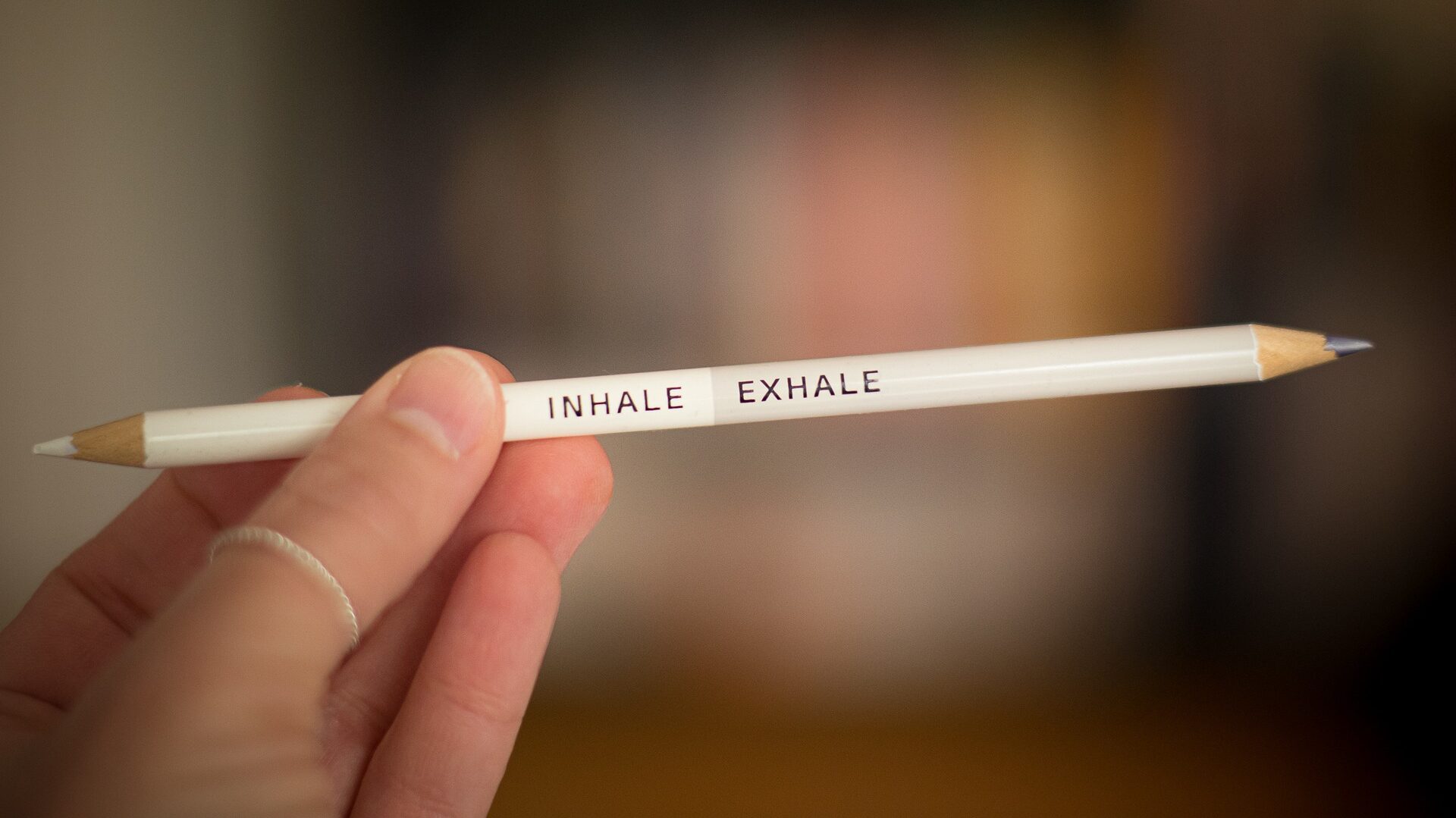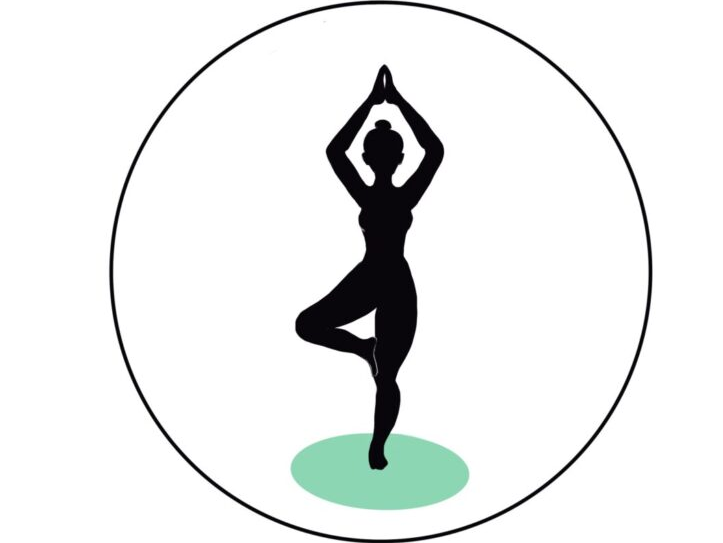
Pranayama (Sanskrit, m., प्राणायाम, prāṇāyāma) the breathing – stands for the bringing together of body and mind. “Prana” is a term for the life energy (breath) and “Ayama” can be translated as “expand”. The term “pranayama” thus refers to the conscious regulation and deepening of breathing through mindfulness and practice.
Die fünf bekanntesten Atemübungen beim Yoga:
1. abdominal breathing – Dirga Pranayama.
With the help of this pranayama technique you actively breathe into three different parts of the abdomen. Abdominal breathing is best for beginners.
Here is a guide to abdominal breathing:
- Lie on your back, in a comfortable position (savasana).
- Breathe into the abdomen and observe how it expands with the inhalation.
- When you think the abdomen is filled enough, inhale even more to fill the lower chest and fill the upper chest as well
- Breathe out slowly, starting with the upper chest, then from the lower chest
- And finally, let the air escape from the abdomen
- After you have finished one cycle, take another 10-20 breaths
On the inhale, push the belly out, and on the exhale, pull it in. This breathing can be easily integrated into everyday life. For example, while walking, standing, sitting or lying down.
2. alternate breathing – Nadi Sodhana
If you’ve ever been exposed to pranayama in a yoga class, it was probably the alternate breathing technique.
Here is a tutorial on alternate breathing:
- Sit upright cross-legged. Place your left hand on your left knee and exhale fully
- Bend the index and middle fingers of your right hand, then gently place your right thumb on your right nostril.
- Then close both nostrils by also closing your left nostril with your little finger and ring finger. Then hold your breath.
- Now release the thumb from your right nostril and inhale completely again and exhale completely through the right nostril and then inhale through the right nostril again.
- Hold your breath for a moment. Then exhale again through the left nostril.
- Complete one full round and repeat the cycle 10 times.
Short form: You simply always change the nostril after the inhalation. You inhale 4 beats, hold 8 beats and exhale 8 beats again (ratio: 1 : 2 : 2). As a beginner, start slowly and practice for a few minutes. It is important to be calm and steady. Afterwards, enjoy the great feeling of breathing freely through both nostrils at the same time.
It is believed that this breathing technique helps to cleanse the energy channels of the body.
Alternate breathing is my personal favorite breathing technique because it aims to balance the left and right hemispheres of the brain. By slowing and deepening the breath, the parasympathetic nervous system is stimulated and your stress is minimized..
3. bellows breathing – bhastrika pranayama
Bellows breathing’ is similar to, but easier than, fire breathing. The inhalation as well as the exhalation is powerful in this breathing technique.
Here is a tutorial for ‘bellows breathing’:
- Get comfortable in padmasana (lotus position) with eyes closed and spine straight
- Inhale deeply through the nostrils, then exhale forcefully through the nostrils.
- Breathe in strongly about 10 times and exhale completely
- Then inhale deeply, hold the breath as long as possible, and exhale deeply,
- When you have finished the cycle, you can continue breathing normally in a relaxed manner and then do another three to five cycles.
Breathing strengthens you physically as it strengthens the diaphragm and abdominal muscles. Mental benefits include increased focus.
4. nose breathing – Ujjayi Pranayama
‘Nose Breathing’ is another commonly used breathing technique in yoga classes. It is meant to mimic the sound of the sound of the ocean.
Here is a guide to nasal breathing:
- Find a comfortable upright sitting position.
- Breathe through your mouth and contract the back of your throat. Imagine you are fogging up a mirror with your breath. A hissing sound is created in the throat.
- Then close your mouth and continue breathing through your nose while keeping your throat constricted
- Continue for 5 to 10 cycles
Research has shown that Ujjayi breathing can help reduce anxiety.
5. fire breathing – kapalabhati pranayama
Kapalabhati breathing is characterized by intense deep inhalation and forceful snorting exhalation.
Here is an instruction for fire breathing:
- Place your hands on your knees and bring your attention to your belly
- Inhale deeply through both nostrils, creating a strong suction, and then exhale forcefully.
- The next inhalation should follow naturally.
- Concentrate on the exhalation, the inhalation should be passive.
- In the beginning, 65-70 cycles per minute is good. When you feel comfortable with the technique, you can work your way up to 95-105 cycles per minute.
- Try this technique for only a few minutes in the beginning.
Inhaling intermittently and very rapidly gets a lot of oxygen into the blood. Exhale just as violently so that the lungs are completely emptied. Fire breathing belongs to the advanced pranayama and should only be practiced by experienced yogis.
Note: Also, you should avoid this pranayama if you are pregnant, menstruating or suffering from high blood pressure.
Sources:
Kaminoff, Leslie und Amy Matthews (2013): Yoga-Anatomie: Ihr Begleiter durch die Asanas, Bewegungen und Atemtechniken, München: Riva Verlag.
Skuban, Ralph (2017): Pranayama: Die heilsame Kraft des Atems, Grafing: Aquamarin Verlag.
